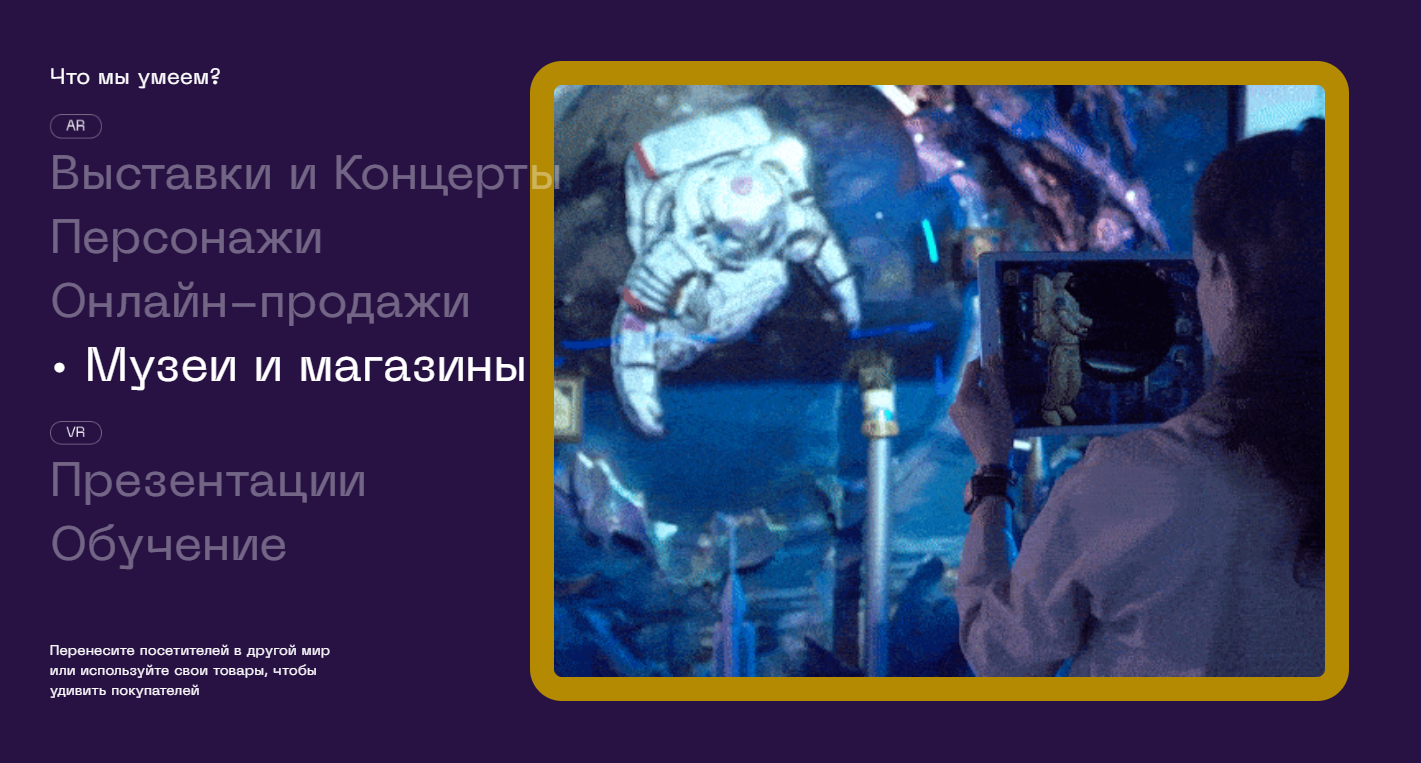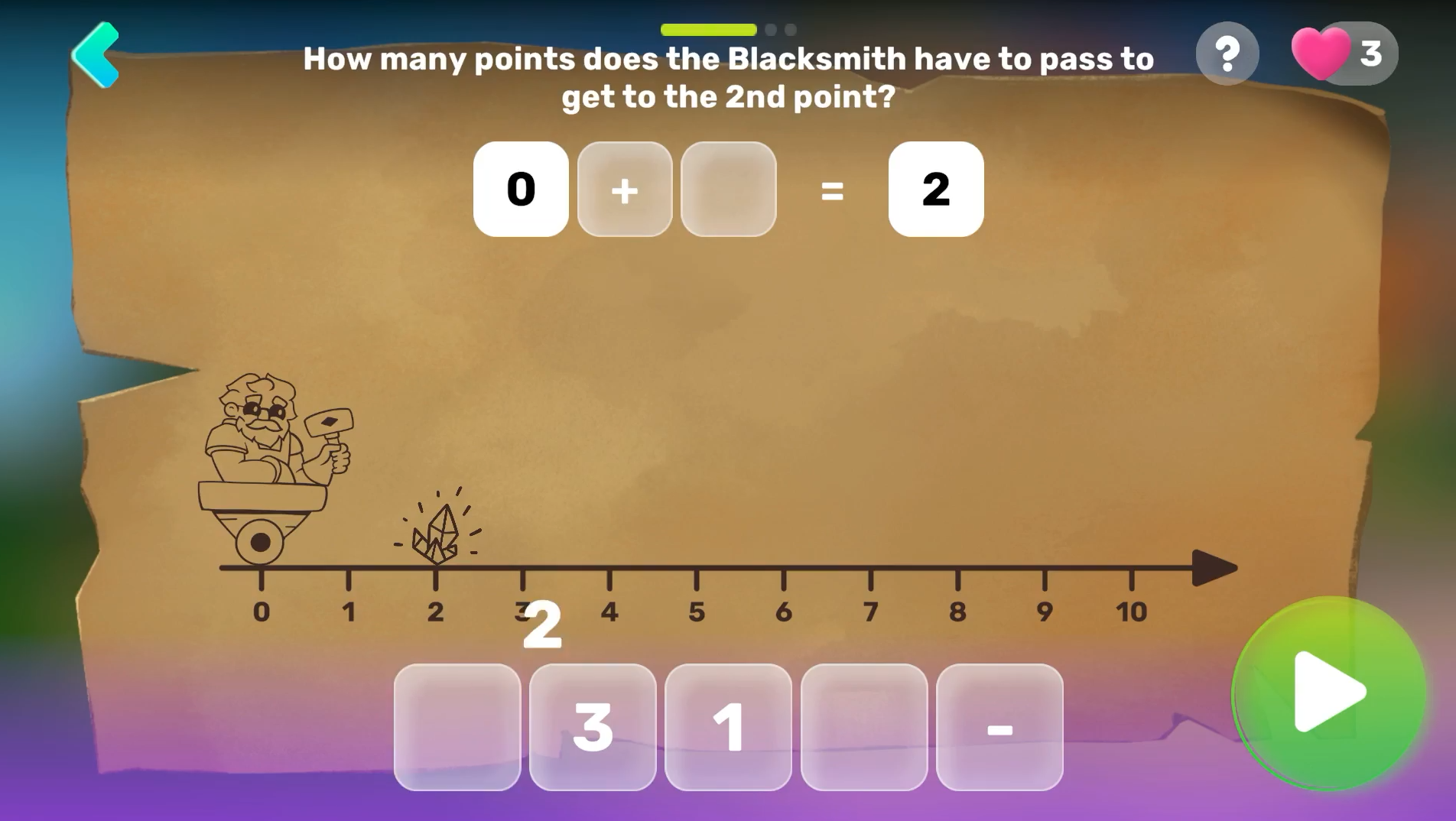"It is impossible to deceive a child. He understands when they try to slip him something useful instead of a game," - Magic Kids about the development of edutainment applications
The startup Magic Kids, headquartered in New York, believes in educational games, UGC for teachers, children’s multiplayer, and at the same time is looking for a million dollars to scale. About fate and challenges, — in his column for App2Top.ru Olga Vorontsova told the CPO of the team.
Magic Kids
Olga Vorontsova
The road from a contract to your own development
I’ll tell you first about who we are, as well as how and why we took up the creation of applications for children.
Magic Kids is a startup founded in 2020, which was launched as a separate division of the Magic Quick XR product development studio.
As for the studio, it has been working since 2016. From the very beginning, its main focus has been the development of augmented reality services to order. The development has two directions.
- The first is responsible for creating entertainment stories aimed at promotion. For example, an AR application that tells about a particular type of coffee when the user points the camera at a branded cup.
- The second direction deals with the creation of functional programs. Here, as a rule, furniture and construction companies act as the main partners. One of the recent cases is a program that uses a camera to make measurements for installing compartment doors.
For six years, Magic Quick has developed more than 100 XR projects for partners in total. There were a lot of gaming among them. However, she did not undertake the development of her own product on her own until 2020.
Magic Quick Profile
But at some point we noticed that our products are especially interesting to children. They are pleased with the embeddedness of virtual objects in the real world, they like to interact with them.
This was the impetus to launch a startup. In addition, we have long wanted to do something of our own, starting from the experience gained with dozens of partners and the expertise collected over the years.
Assessment of the market and related difficulties
Looking at the delight with which young users react to our XR applications, often designed for a completely different audience, we had the idea to build a product that will hold the attention of children using AR.
At the same time, we did not want to make an exclusively entertaining application. We saw it as much more correct to work on a program in which the child spends time usefully.
The first AR version of Magic Kids
So we came to the concept of so-called edutainment applications. We are talking about software whose task is to teach through entertainment (it is important not to confuse it with gemified training services here).
As it quickly turned out, the market for such applications is not even close to simple. It is difficult to enter it, it is difficult to scale within its framework, it is more difficult to attract funds for development here.
And I’m not talking about the traditional calls for any applications designed for children. For success here, the product must, on the one hand, please the parent, and on the other hand, captivate the child.
The design of an edutainment application is a separate challenge. The child, when interacting with him, should not think that they are trying to teach him something, force him to learn something. He should be primarily fun and interesting.
The first AR version of Magic Kids
It is impossible to “deceive” a child. He understands perfectly well when they try to slip him “something useful” instead of a game and a cartoon. Therefore, the task here is to make the application so that the experience in it is close to the experience of watching a hit game or cartoon.
We were wondering if, thanks to the focus on AR, we could do this? In a sense, we hoped that augmented reality would become our unique advantage, a way to break into the American market of edutainment applications.
Focus on increasing concentration
So, we set about creating an educational game. When conceptualizing, we proceeded from an actual problem:
- today’s four- to eight-year-olds spend an average of 12 minutes on a lesson in educational applications, after which they get bored and move on to a cartoon or video game;
- they spend from three hours a day on the latter.
As a result, many parents today are concerned about how much their children spend time behind the screen. However, it seems to us that there is no point in fighting this. The world has changed, the generation of “digital” children is our reality
A mini-game from the current version of Magic Kids
The solution to the problem is not bans or attempts to somehow significantly limit the child’s time behind devices (this will most likely only lead to conflicts), but the launch of applications that will be immediately interesting and useful to young users.
Actually, the creation of such an application was our goal. The minimum program is to make a product that will increase the concentration of children on learning at least 4 times.
Yes, since we decided to fight for the attention of the child outside the classroom, it made our competitors the entire entertainment media complex, whose target audience is children.
Concept
How it was supposed to work (which was implemented in the first version of the game):
- parents download the app, pay for a subscription;
- the child is greeted by an application that looks as much like a game as possible (there are characters, there are quests, various stories);
- at the same time, each activity is essentially a separate learning mechanics in AR.
As for the content, we were not interested in creating an abstract educational body of knowledge.
A mini-game from the current version of Magic Kids
According to the idea, our application should replace a home tutor. It is assumed that a child of 4-8 years old can use it to consolidate the knowledge that he has already received at school (preschool and elementary school in the USA).
Simply put, the curriculum has become the basis for creating our content.
This is another of our USP, which we decided to bet on.
Unexpected difficulties with AR
The very first version of the game was launched in 2020. It took about three months of work of an internal team of 4 people to implement it. Next, we went into the development of new mechanics of mini-games in AR with new characters.
The task of the first and second versions (in which there were only AR mechanics) was to test the viability of our approach in general. Are we able to interest children in content, are they ready to work with it for a long time through AR.
The second AR version of Magic Kids
As a result, we faced three problems.
Firstly, at first we failed to hold the attention of small users, to learn to take into account their high switching speed. It turned out that there were not enough mechanics and content for the child to stay with us.
Secondly, the mechanics originally proposed turned out to be non-scalable. It turned out to be much faster to build up content for mechanics that do not imply AR. In fact, technology has limited our capabilities and speed.
The second AR version of Magic Kids
Thirdly, we found out that it is difficult for children to work with AR for a long time. When playing, the child’s hands get tired quickly, because he has to constantly hold a smartphone (or tablet) in the air. In addition, AR requires a clean surface for correct operation, and there may be problems with this.
As a result, we came to the conclusion that AR works perfectly at the level of attraction, as a unique feature, it creates a “wow effect”, children like it. However, the technology has quite a lot of pitfalls. Because of this, it is not suitable as the basis of the product.
As a result, we left to rethink the approach.
Sandbox World
At the end of March 2022, we released a new version of Magic Kids. It was fundamentally different from the first version, although it was based on the previous edutainment concept. In other words, we again sought to make an exciting game, which at the same time allows us to consolidate the knowledge gained at school.
In the game, we switched the focus from AR. Now the child travels in a third person through the 3D world, decorates his island, receives rewards for quests, buys clothes for his character and opens new quests.
The current version of Magic Kids
As I mentioned just above, children switch very quickly. Therefore, it is important that they have as wide a choice of mechanics and quests as possible, so that at the slightest hint of boredom they can immediately switch to another gameplay.
The decisions taken immediately affected retention. Children found it more comfortable to explore the virtual world than the real one through the lens of a smartphone or tablet. Plus, moving away from AR removed the problem of content scaling.
The current version of Magic Kids
At the same time, we did not completely exclude AR from the game. They just reduced the presence of such mechanics to a minimum (now only a couple of mini-game mechanics use this technology in the project).
Now we are continuing to develop this version. However, there is an understanding that for success we need to continue working on retention, and for this the project must become much larger and more complex. Let’s talk about this now.
Platform and multiplayer
We believe that the introduction of UGC tools and multiplayer will help us significantly increase retention (and concentration of attention). Here you can draw analogies with Roblox or Minecraft, but here it is important to understand two points:
- our audience is younger (for these games — from 9 years, for us — 4-8 years);
- we have an educational game, accordingly, children cannot prepare such content for each other.
Therefore, we have no plans to create a market with games, and we are not ready to work on a construction mode for kids who have just got acquainted with working in three-dimensional space.
Magic Kids multiplayer Prototype
We consider UGC exclusively as a platform tool.
We want to open the platform to third-party teachers and developers so that they can create game lessons based on the available mechanics and content on our platform and post them as homework for their students (lessons, in turn, will be available to each user).
As for multiplayer, everything is simpler and more traditional here. No matter how many mechanics and new content there are, it is always more interesting for a child to interact with the same as him, run somewhere, take part in in-game competitions.
Magic Kids multiplayer Prototype
Investment
Now we are looking for investments just for the creation of a platform and the development of multiplayer. The funds will be used both for the development of MVP, and for its testing and further implementation. We plan to raise about $1 million in the pre-sowing round.
Up to now, we have participated in the Starta acceleration program in New York, there were angel investments, but mostly the development was for profit coming from Magic Quick orders.
***
You can contact Olga and the team both via email (vorontsovatinka@gmail.com ), and via Telegram (@ovorontsova).












